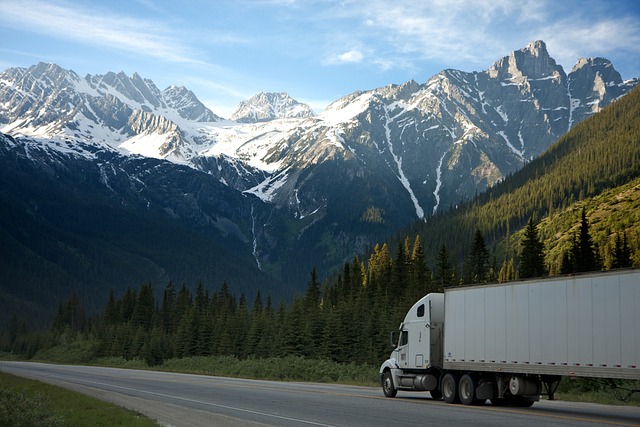
As an HGV driver in the UK, you will undoubtedly find many opportunities to drive your vehicle throughout mainland Europe. This can be a great way to see more of this amazing continent and experience the many sites, peoples, and cultures. Nevertheless, there will be some important things to keep in mind as you travel abroad.
Documents
The most important thing to have is proper documentation. This will include a valid UK driver’s license, an EHIC (European Health Insurance Card), and vehicle insurance. It will also be important that your vehicle has been properly registered and carries a valid MOT certificate.
You will also need an International Driving Permit, or IDP if you hope to be driving through Europe for an extended period. If you’re in Durham and are interested in a career as an HGV driver, you can start by finding HGV training Durham.
Passports and Visas
No matter which country you hail from, all drivers will need to carry proper travel documentation. This means you will need a valid passport for your travels through Europe. If you are an EU citizen, you will not need a visa to enter most countries. But if you are not an EU citizen you will need to apply for a Visa before beginning your travels.
For more information on visa regulations in the EU, you can check the regulations for specific countries on their websites.
Speed Limits
It will be a good idea to familiarize yourself with the different speed limits of the countries you will visit. For example, the speed limit on highways and freeways in France is 80 km/h or 50mph. On the other hand, the speed limit in Germany is 100km/h or 62 mph. Knowing when the speed limits change will keep you safe from being fined for speeding or from driving too slow.
Display the Correct Stickers
The use of stickers is another important detail to be aware of as you drive through Europe. In certain countries, for example, Belgium and Poland, it is required that you have certain stickers on your vehicle if you will be driving an HGV. You can find these stickers at petrol stations or they can be purchased online.
Restricted Driving Zones
You will find that there are many different restricted driving zones throughout the EU, and HGV drivers must be aware of these. For instance, London is a ULEZ or Ultra Low Emission Zone, and HGVs must comply with this restriction or face fines.
Prepare a Breakdown Kit
In the EU as in anywhere else, it is a good idea to have a breakdown kit on hand. This kit should include everything you will need in case of a breakdown, including jumper cables, spare tyres, a first-aid kit, etc. We also suggest you have the number of roadside assistance and a reliable way to communicate with them if you have a breakdown.
Be Aware of Any Public Holidays
Being aware of public holidays can make your trip through Europe much easier.
Check The Weather Forecast
Before you set off on your travels, be sure to check the weather forecast. This will be especially important if you will be travelling through regions where ice, snow, and storms can affect the roads and make driving conditions very precarious.
Plan Your Route in Advance
It is always a good idea to know exactly where you will be going so you can plan the safest and most convenient trip. This will keep you from getting lost and will allow you to make all the necessary stops that will keep you fueled and comfortable on the road.
Be Prepared for Langauge Barriers
Finally, be prepared for the many languages you will encounter. In some countries, like Italy or France, most people can speak limited English but don’t count on this. It is a good idea to brush up on some vital language skills before your travels.
